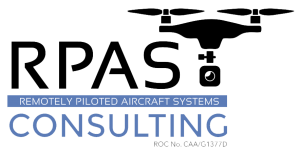The Future of Drones in Construction
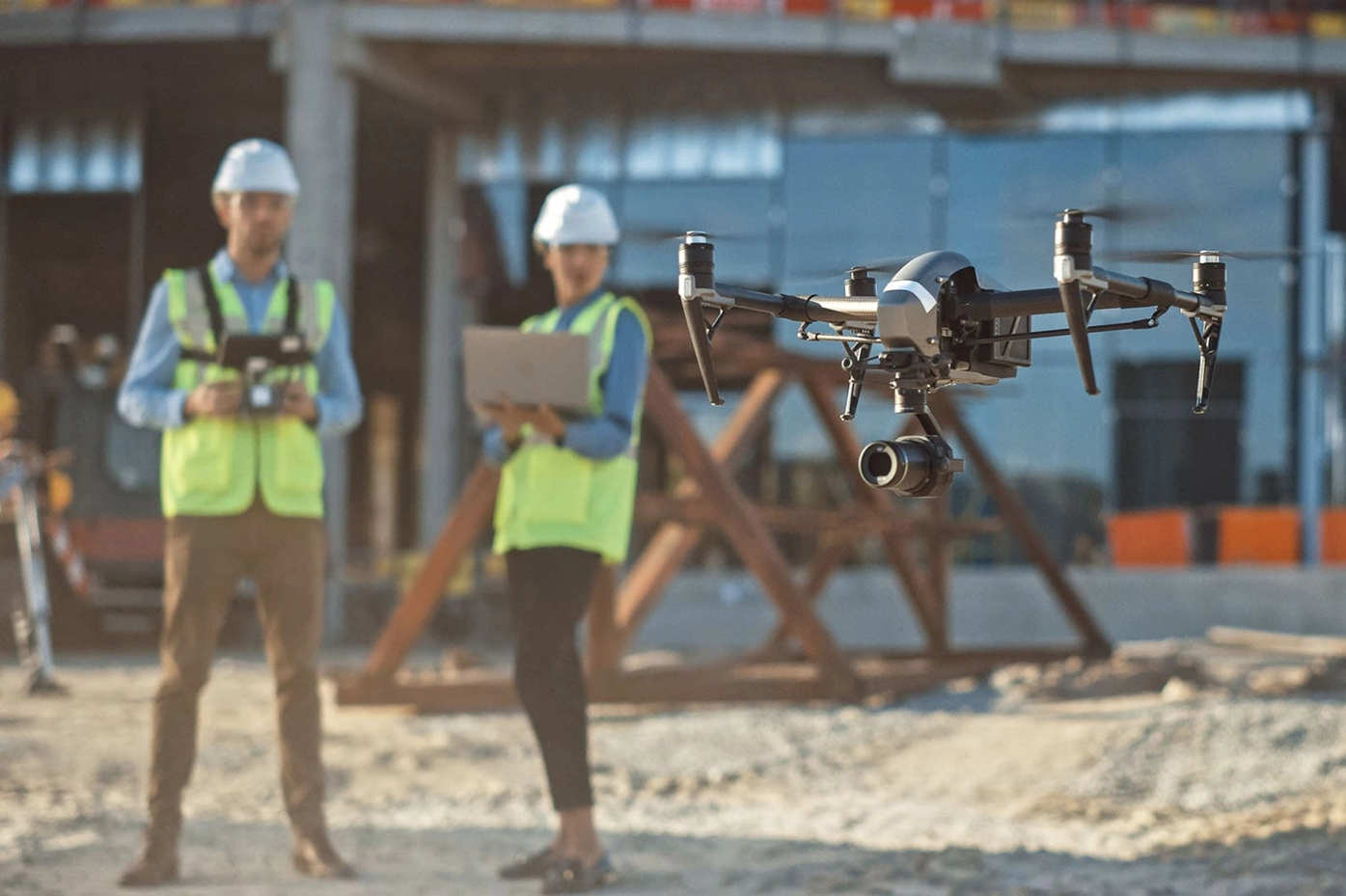
Understanding
Drones on Construction Sites Drones have revolutionized the construction industry, fundamentally altering how projects are planned, executed, and monitored. Beyond their
nimble maneuvering across sites, drones serve as versatile workhorses,
undertaking a myriad of tasks. Equipped with high resolution visual cameras, thermal sensors, LiDAR,
and custom payloads, they capture high resolution photos and video, create
maps, and even take measurements.
This life changing technology extends to various critical operations on
a construction site, including pre construction inspections, stockpile
measurements, progress monitoring, and land surveys.
Drone
Accuracy & Technology
For construction projects, ensuring synchronization between drone
generated data and conventional survey practices is vital. Achieving high
accuracy relies on various systems, techniques, and technologies.
As drones continue to change the landscape of construction workflows and best practices, it’s essential to ensure this information is captured and processed in a standardized method.
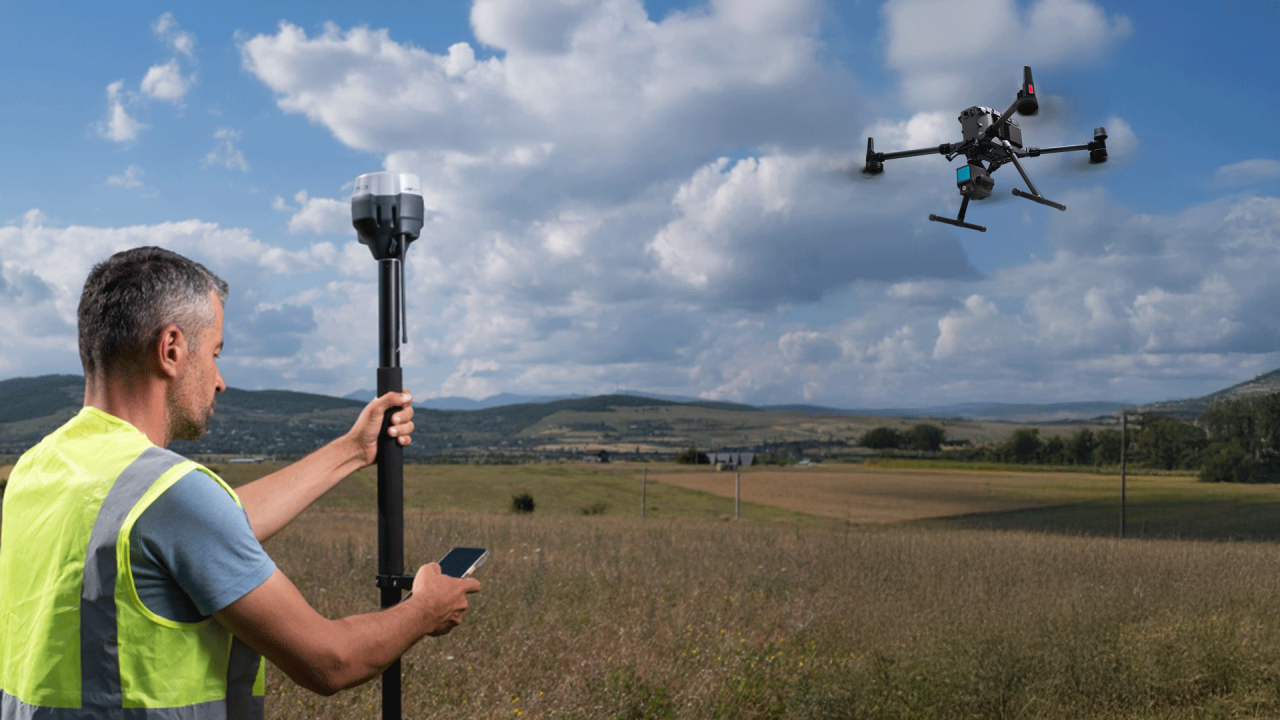
Benefits of Drones in Construction & Infrastructure Projects
The impact of drones in construction has already transformed the efficiency and accuracy of the industry. However, the list of benefits can be extensive, here are the seven main benefits that drones have brought to construction and civil engineering industries.
.
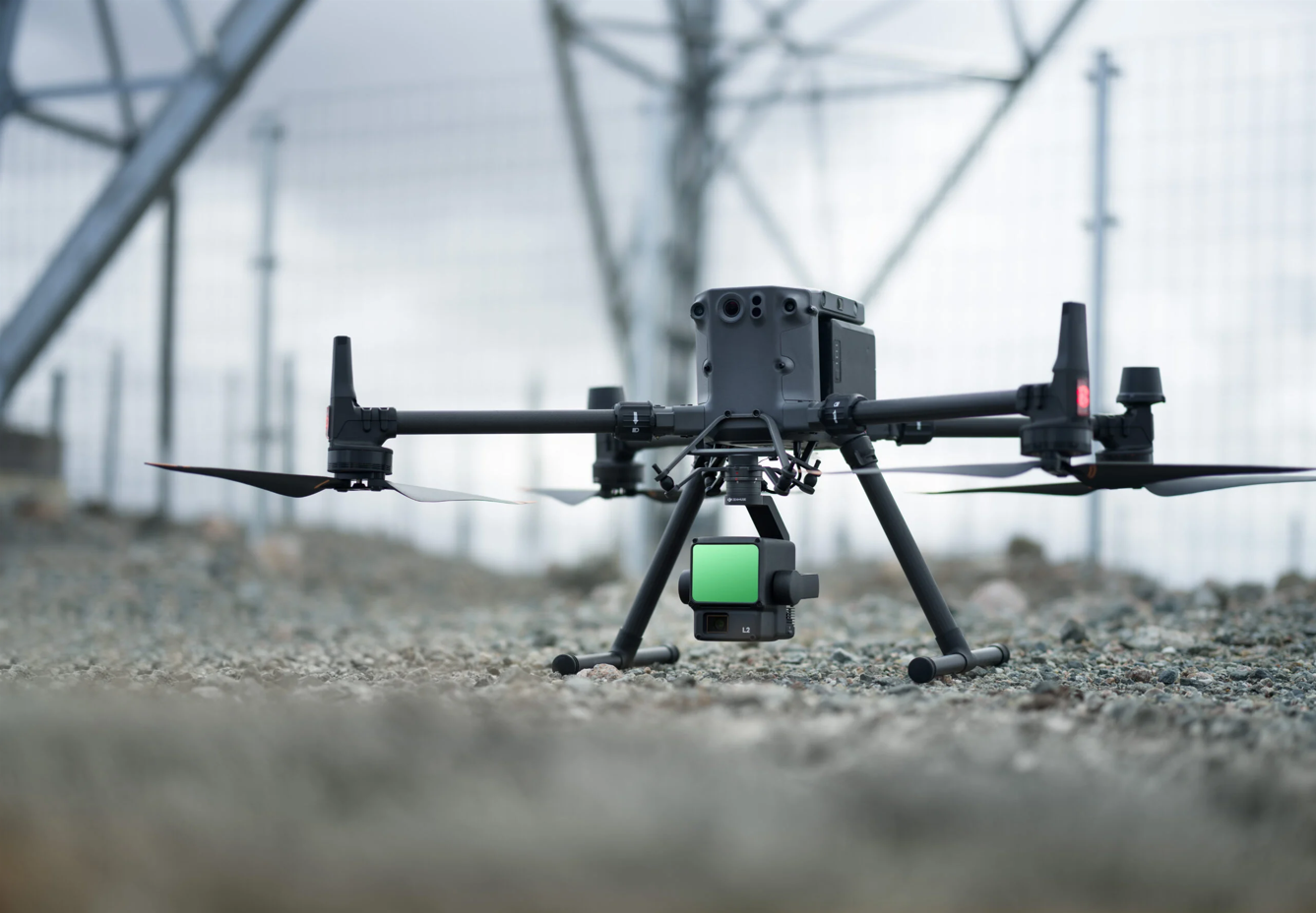
1. Increased
Efficiency
Drones can expedite construction processes, leading to
significant time savings.
For example, traditional land surveying methods can be
labor-intensive and time-consuming. In contrast, drones equipped with
high-resolution cameras and LiDAR sensors can survey large areas swiftly,
providing precise data for site analysis and planning.
Drones increase efficiency in construction with:
Accelerated site surveys. Drones can survey up to 120 acres per hour, compared to approximately five acres per hour using traditional methods, resulting in a 60-fold increase in efficiency.
Rapid progress assessments. Regular drone flights allow for quick documentation of construction progress, enabling timely decision-making and adjustments.
Efficient
resource allocation. By providing real-time aerial overviews, drones
assist in monitoring equipment and materials, ensuring optimal utilization and
reducing downtime.
2. Cost
Savings
Implementing drones in construction can lead to
substantial cost reductions by minimizing labor expenses, preventing costly
errors, and optimizing resource management.
Drones increase savings in construction with:
Reduced surveying costs. Drone surveys require fewer personnel and less time, lowering overall expenses.
Minimized rework. Accurate data collection helps identify potential issues early, reducing the likelihood of expensive rework and project delays.
Enhanced asset
management. Drones assist in tracking equipment and materials,
reducing losses due to theft or misplacement, and optimizing inventory levels.
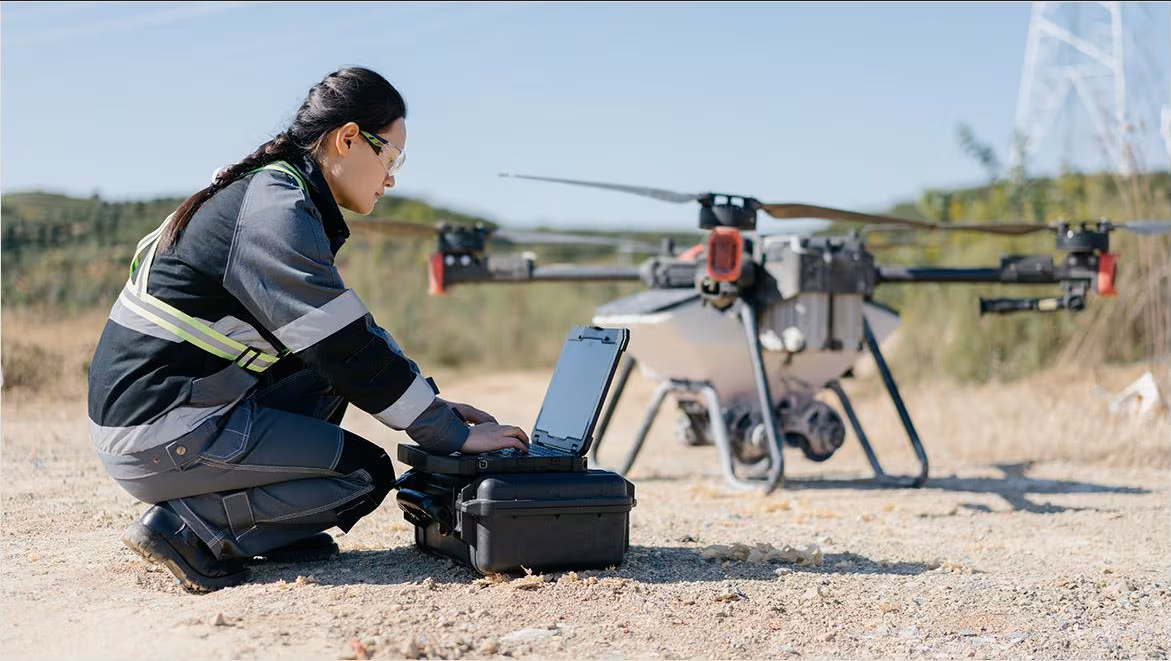
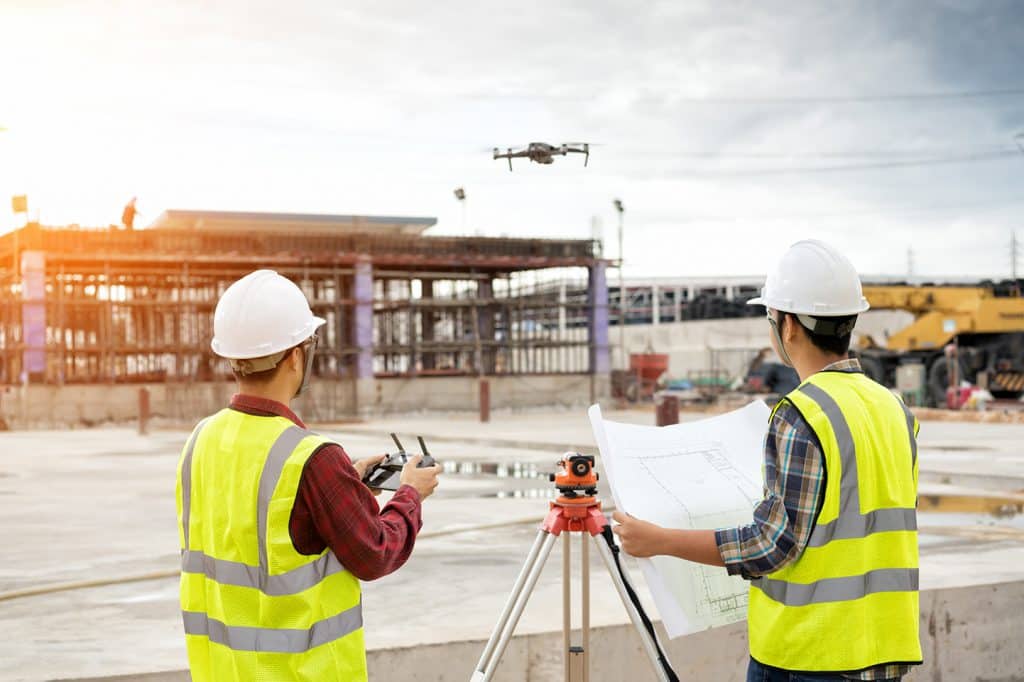
3. Improved
Safety
Drones enhance safety on construction sites by
performing tasks that would otherwise expose workers to hazardous conditions.
Drones improve safety in construction with:
Hazardous area inspections. Drones can safely inspect high-risk areas such as unstable structures or tall buildings, eliminating the need for workers to be placed in dangerous situations.
Monitoring compliance. Aerial surveillance ensures adherence to safety protocols, helping to prevent accidents and injuries.
Emergency
response. In case of incidents, drones provide real-time
visuals, aiding in swift and safe emergency responses.
4. Enhanced
Data Accuracy
Drones equipped with advanced sensors and imaging
technology capture precise data, improving the accuracy of measurements and
assessments.
Drones enhance data accuracy in construction with:
Accurate topographic mapping. High-resolution imagery and LiDAR data enable the creation of detailed topographic maps, essential for effective planning and design.
Precise volume calculations. Drones facilitate accurate measurements of stockpile volumes, aiding in inventory management and cost estimation.
Detailed
progress documentation. Consistent and accurate data collection allows for
meticulous tracking of project milestones and quality control.
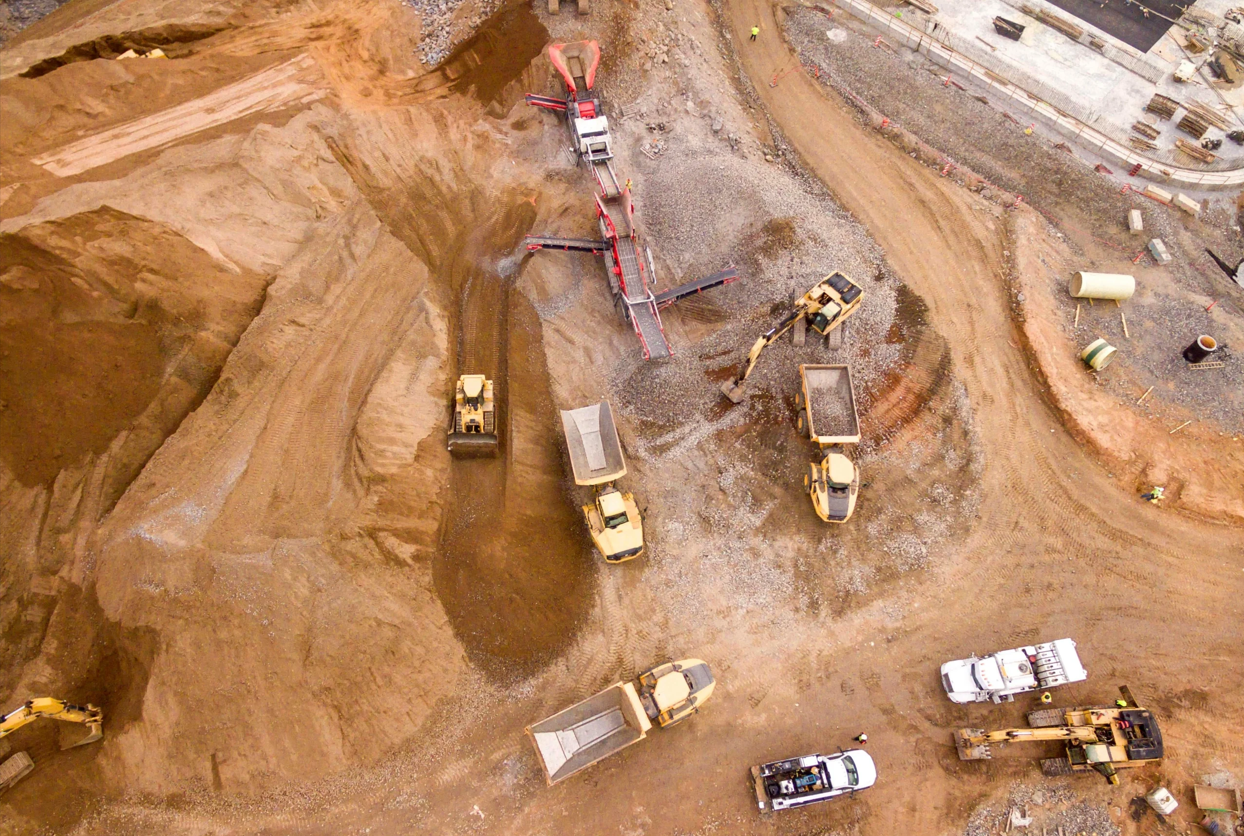
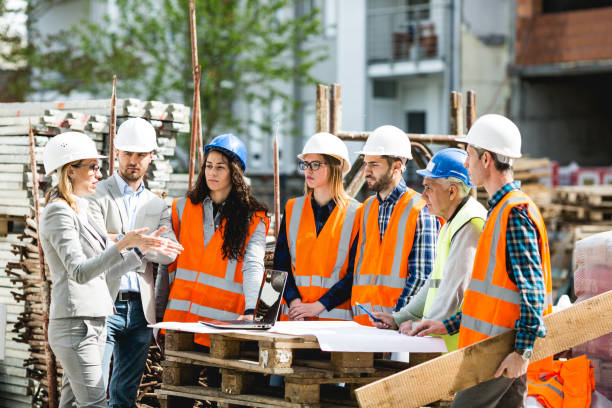
5. Better
Communication and Collaboration
Drones enhance communication among project
stakeholders by providing clear, up-to-date visuals of the construction site.
Drones improve communication and collaboration in construction with:
Real-time updates. Aerial footage offers immediate insights into project status, facilitating timely discussions and decisions.
Improved stakeholder engagement. Visual data helps convey complex information to clients and team members, ensuring everyone is aligned.
Streamlined
reporting. Drones simplify the creation of reports by providing
comprehensive visual documentation, reducing the time spent on manual data
collection.
6. Enhanced
Project Planning
By providing detailed site information, drones assist
in more accurate and efficient project planning.
Drones step up project planning in construction with:
Site analysis. Drones capture comprehensive data on site conditions, informing better design and construction strategies.
Logistical planning. Aerial views aid in planning the layout of equipment, materials, and personnel, optimizing workflow and site organization.
Risk
identification. Early detection of potential site issues allows for
proactive mitigation, reducing the likelihood of project disruptions.
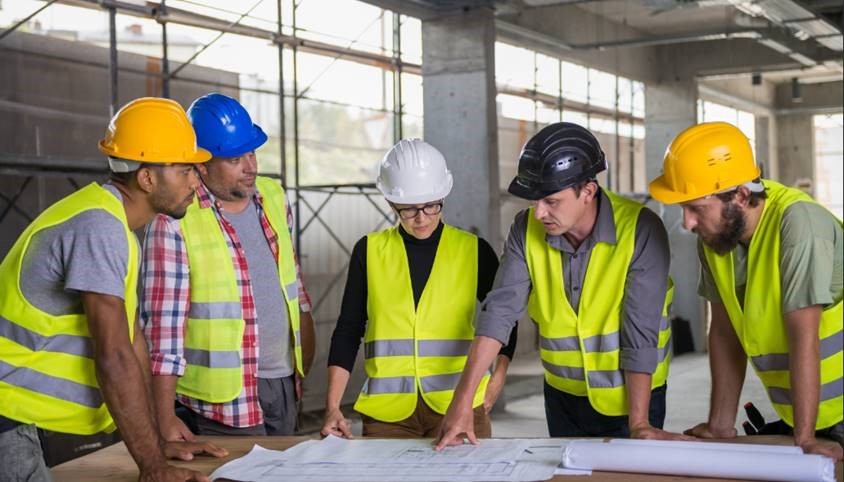
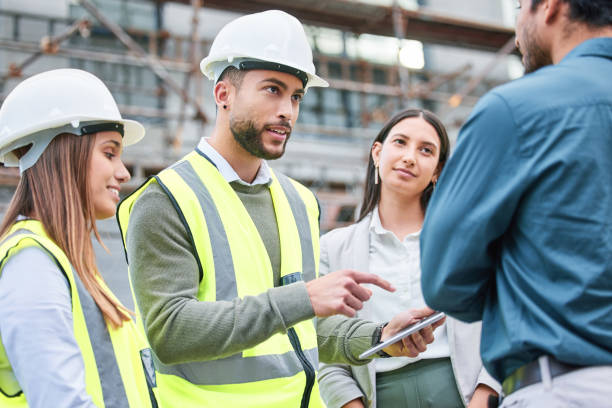
7.
Environmental Compliance
Drones assist in monitoring environmental factors,
ensuring that construction activities adhere to regulatory standards and
minimize ecological impact.
Drones help with environmental compliance in construction with:
Monitoring environmental impact. Drones track changes in vegetation, water bodies, and wildlife habitats, helping to mitigate negative effects.
Ensuring regulatory compliance. Regular aerial assessments ensure that construction practices meet environmental regulations, avoiding potential fines and project delays.
Supporting
sustainable practices. By providing detailed environmental data, drones
enable the implementation of more sustainable construction methods.
PRECISION SURVEYING & MAPPING
FOUR KEY CAPTURE METHODS
Photo & Videography

Photogrammetry

LiDAR

Thermography

The Future of AI Drone Inspections
In the fast-paced world of construction, inspections play a critical role in ensuring structures are safe, compliant, and built to last. Traditionally, these inspections have been labor-intensive, fraught with human error, and limited by the physical constraints of the inspection sites. However, the integration of artificial intelligence (AI) is beginning to revolutionize this vital process. With AI, the construction industry is witnessing unprecedented improvements in both the accuracy and efficiency of structural inspections. From AI-powered drones to advanced data analytics, the possibilities are not just promising; they are already taking shape on sites around the globe.
Let Us Help You With Your Projects


